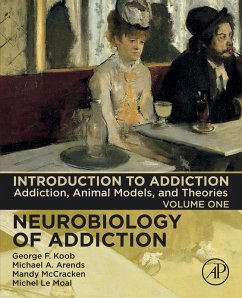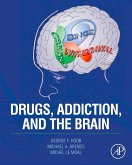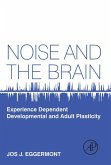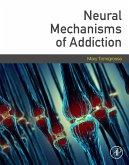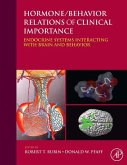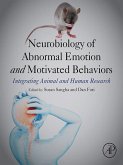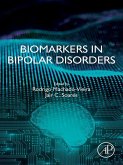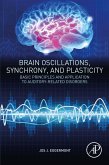Dieser Download kann aus rechtlichen Gründen nur mit Rechnungsadresse in A, B, BG, CY, CZ, D, DK, EW, E, FIN, F, GR, HR, H, IRL, I, LT, L, LR, M, NL, PL, P, R, S, SLO, SK ausgeliefert werden.
"According to a 2018 World Health Organization report*, harmful use of alcohol results in 3.3 million deaths annually in the 38% of the drinking population; another 31 million people are affected with drug use disorders. These statistics indicate an urgency to recognize and treat this worldwide burden on health and well-being, which requires a fundamental biological understanding. To maintain stride with current concepts of addiction, any level of student, scientist, or clinician who is seriously interested in addiction and its neurobiological basis will find volume one an essential addition to their library. Indeed, this volume is far more than a simple expansion of the 2006 Neurobiology of Addiction by Koob and Le Moal in presenting descriptions, explanations, and summaries of theories and models of addiction with rigorous, research-based foundations. Each section is replete with relevant peer-reviewed citations, providing the reader a ready start to dig deeply into areas of particular interest. Remarkably, the authors present a clearly written volume, despite the density of its information. The organization of the book enhances its readability by presenting individual scholarly reviews of the many theories of addiction, copious references (544 references in this volume alone), and the welcome ending paragraphs printed in italics that present fair summaries of each theory. Complementing these features is the artwork, which describes brain circuits and associated behaviors that may be disturbed with different phases of addiction according to the reviewed model or theory. The inclusion of cognitive, sensory, motor, and emotional factors as central considerations in a volume on the neurobiology of addiction shows a critical sensitivity to the problem of addiction itself, what makes it important in human behavior, how different drugs of addiction affect selective neurocircuitry and associated behavior, and how each can have such heterogeneous manifestations. Taken together, these qualities reflect the depth of knowledge of the authors and skill in presentation, surely founded on years of teaching and writing, and engendering enthusiastic expectation for the next volume." --Edith V. Sullivan, Stanford University School of Medicine

